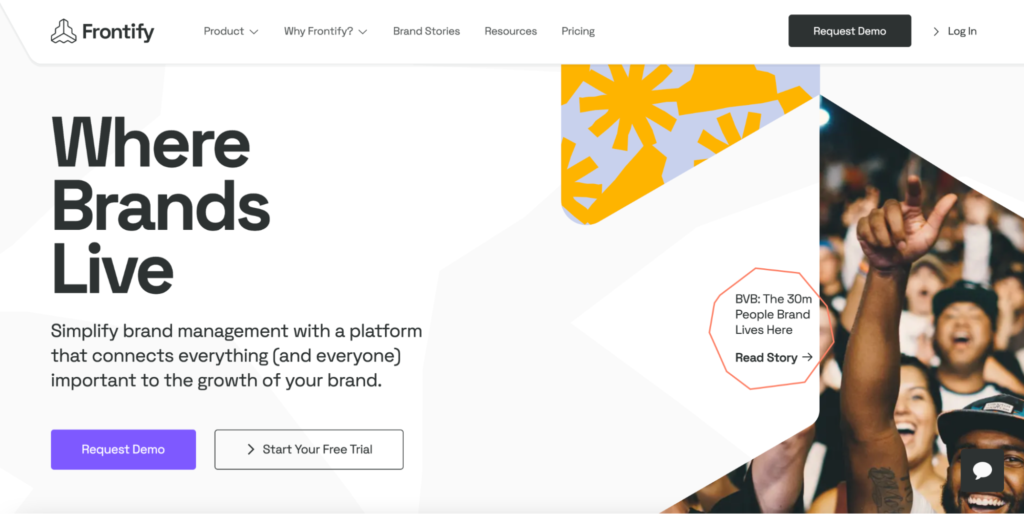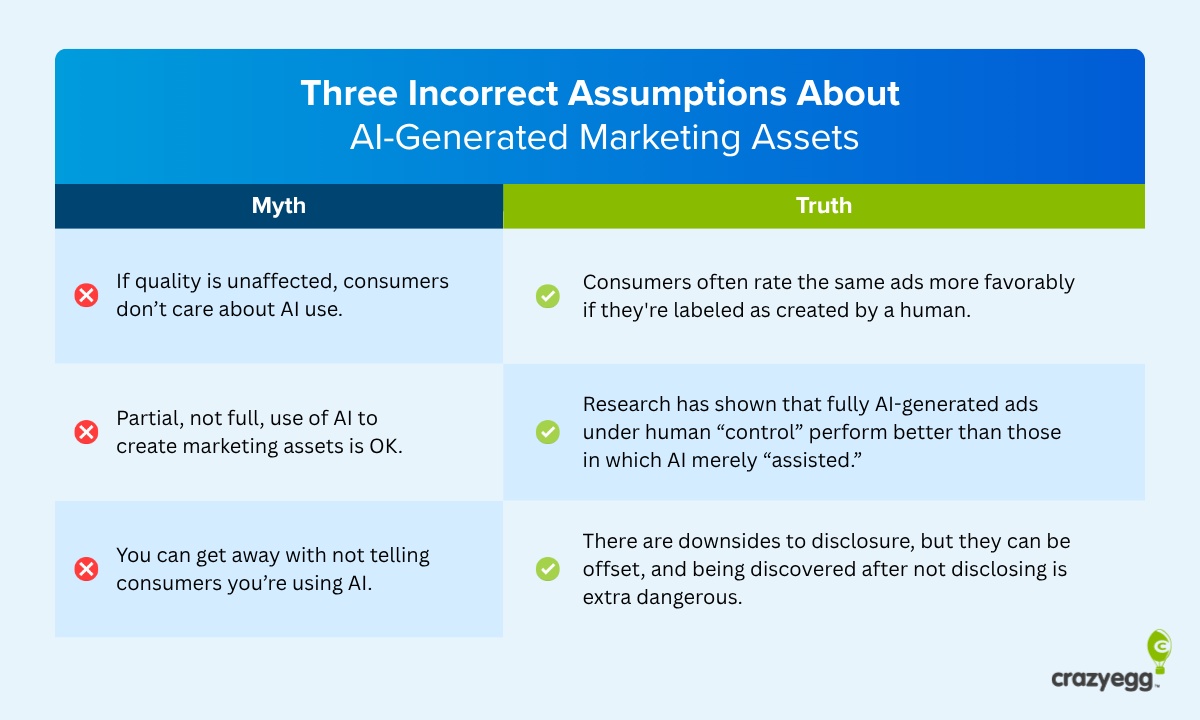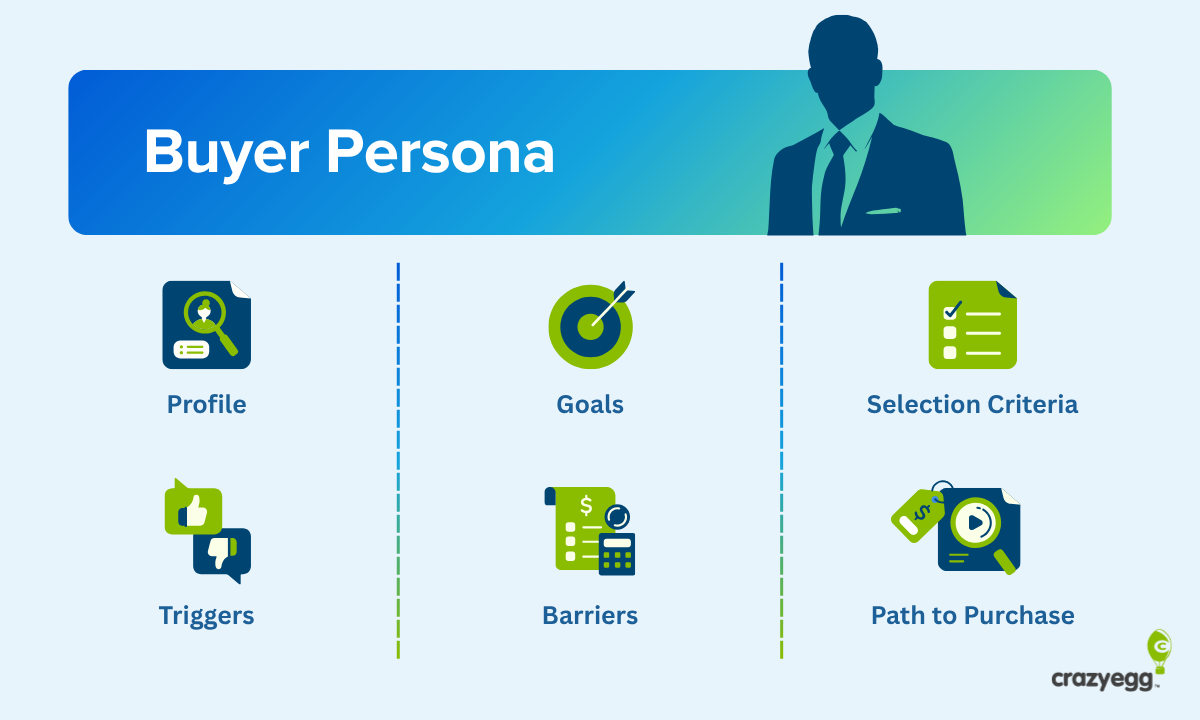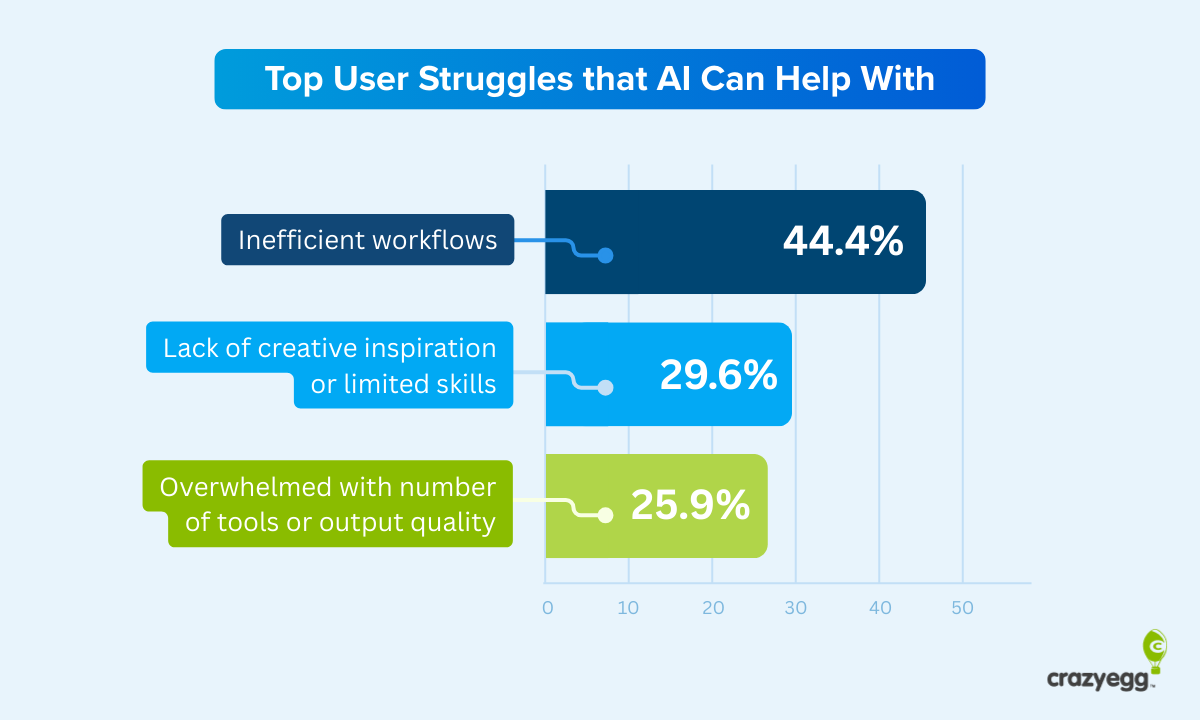Even if you sell the most innovative products in the world, your company is just another face in the crowd without a well-defined identity. Nailing your company’s identity from the early stages can save a lot of time and grief by ensuring that you’re marketing the right products to the right people the right way from the very beginning.
In this post, we’ll go over why it’s so important to have a clearly defined company identity, and we’ll share nine simple steps to help you find yours.
Why Defining Your Company’s Identity is Worth It
It’s easy to fall into the trap of thinking that high-quality products and superior customer service are enough to set your business apart from your competitors. Don’t get us wrong—service and quality are extremely important, but your identity is what will set you apart from your competitors, drive customer loyalty, and make you memorable.
Without a clearly defined identity, you’ll struggle to express your company’s branding consistently. Worse, you may find yourself floundering when it comes to making decisions about everything from day-to-day operations to big-impact moves like acquisitions and mergers.
Your identity isn’t a logo, a tagline, or even a name, though those are all important ways that identity is expressed. Your company’s identity is its purpose, vision, mission, and values. In other words, it’s the beating heart that informs everything your company does, not just what it looks like from the outside.
Your identity creates consistency. It ensures that everyone in your company represents it the same way every time they interact with clients, stakeholders, and customers. Consistency, in turn, builds recognition and loyalty.
A strong identity also helps guide your decisions and growth. If your identity is centered around stability, quality, and a premium experience, for example, it probably won’t make sense to add new products every few weeks or have frequent sales. This is the kind of consistency that establishes trust—and people are willing to pay more for brands they trust.
The Investment Needed to Define Your Company’s Identity
At a minimum, you’ll need to work with a graphic designer to come up with a logo that represents what your company stands for. You may also find it useful to work with a marketing team, either in-house or an agency, that can guide you toward a consistent identity that includes both visual and written assets.
Once you’ve begun to create these assets, you need to monitor them carefully to be sure that they’re not being misused or diluted. Whether you have one employee or thousands, a single office or a global presence, your identity should be cohesive and consistent across the board.
A brand management platform such as Frontify helps ensure that your identity stays strong, even when dealing with multiple stakeholders throughout your company. Frontify allows you to upload, store, organize, find, and share any type of asset. This creates a centralized system where anyone can find exactly what they’re looking for and allows you to create on-demand templates which allow you to quickly scale your campaigns. It also streamlines cross-team collaborations, allowing team members to monitor progress, ask for approvals, give actionable feedback, and move things forward, all while working from anywhere.

You can dive into over a dozen case studies on the Frontify site that show how companies from a variety of industries have increased brand engagement and enhanced consistency using their software.
9 Steps to Defining Your Company’s Identity
Hopefully, you now understand the importance of a strong, clear company identity, but maybe you’re still a little fuzzy on how to figure out what that identity actually is.
Following is a step-by-step guide you can use to begin brainstorming and refining your company identity.
#1 – Know what you stand for
We mentioned purpose, vision, mission, and values a little earlier. Those aren’t just trendy marketing terms—they’re the basis of what will set your company apart.
If it’s not already clear to you, spend some time thinking about what you want your company to stand for. How will you impact the world, or at least your little corner of it? What feelings do you want to inspire? What do you want to be known for?
#2 – Define what you’re *really* selling
Starbucks sells coffee, sure, but they also sell an experience. You can go into literally any Starbucks in the world and be confident of a pleasantly upscale ambiance and a sense of comfort and familiarity—along with a decent Americano. The branding people at Starbucks have thought through every part of this experience, from the artwork on the walls to what the stores smell like to how many electrical outlets their customers have access to.
In contrast, Dutch Bros, a West Coast coffee chain, doesn’t have stores at all, at least not the traditional kind. It only offers drive-through coffee kiosks, but it makes its mark with enthusiastic baristas (who are called “broistas”), playful marketing campaigns, and swag geared toward the skiing and cycling cultures. It’s selling a friendly, insider, “cool kids” experience.
Both companies sell coffee, but they sell very different experiences. What experience do you want your customers or clients to walk away with? How do you want them to feel?
#3 – Study your audience
Quick, who is your target market? And don’t say “everyone.”
This is where your company identity will make the difference, especially if you offer a product or service that appeals to a wide range of people. Cell phones are used by people from virtually all walks of life, but Apple has established its iPhone as a premium brand that integrates seamlessly with other Apple products and offers a simple but elegant customer experience. Apple’s company identity sets the iPhone apart from dozens of other products that have virtually identical features that let you call, text, and post on social media.
It pays to really know your audience and what they want. Study demographics—statistical data like age, gender, profession, and location. But pay equal attention to psychographics–that is, people’s opinions, activities, and interests.
Don’t worry that by focusing too closely on a particular type of person that your audience won’t be big enough. After all, millions of people from all walks of life use iPhones. What they have in common is that they value a particular type of customer experience and that they’re willing to pay more for a premium product. Also, the smaller your audience niche is, the more passionate its members will likely be about your kind of product or service.
#4 – Study the competition
Creating a strong company identity is all about differentiating yourself, so it pays to have a close look at your nearest competitors. Remember, it’s not just about their branding, though that’s an important part of it. It’s also about their values and their mission.
How is your competition showing up, whether that’s on store shelves, Facebook ads, or blog posts? How do their salespeople interact with customers? What do they stand for in terms of values? Are they involved in local communities? Do they contribute to particular charities?
All of these are areas in which you can potentially set yourself apart–either by highlighting different values and practices, by doing what they do even better than they’re doing it, or by bringing your unique identity to similar approaches.
#5 – Brainstorm your vocabulary
You know what your company’s values are, what experience you want your customer to have, and who your customer is. With all that in mind, it’s time to start brainstorming a list of words that describe your company. You can do this on your own, but if you can do it with a handful of people who are as invested in your company as you are, then go for it. The more people who can contribute, the better!
Knowing what you know about your customers and the experience that you want to provide for them, brainstorm words to describe your company (a thesaurus can be a great tool for this). Think beyond just what your ads and website will look like, and consider your company’s mission and values as well.
Perhaps your company is traditional, creative, hip, or inspiring. Maybe it’s socially conscious with a sense of humor, or relaxed yet reliable. Imagine your company as a person, and describe their personality and their unique sense of style. Narrow your list down to no more than six words, and use these to inform your identity going forward.
While you’re at it, come up with words that definitely don’t describe your company, the absolute opposites of what you want to stand for or express. These lists of “do’s and don’t’s” words can help inform your branding and identity decisions going forward.
#6 – Understand how identity informs decisions
Your company’s identity doesn’t begin and end with the customer. It should help inform the company experience from the inside out.
If high tech efficiency is part of your identity, it doesn’t make sense to have an office full of outdated equipment, for example. But if your identity revolves around environmental awareness, then re-using and recycling might influence decisions about the equipment and supplies your company uses.
A strong identity helps you make company decisions that are in line with your values. It can affect everything from who your suppliers are to where you advertise, so spend some time thinking about how your identity will express itself within the company itself.
#7 – Communicate your identity
Make a list of every place in which the public will come in contact with your brand. This could include:
- Website/blog
- Salespeople and other company representatives
- Social media
- Customer support
- Signage
- Packaging
- Advertising
- Billing/invoicing
Go over your list of branding words and think about how your company’s identity could be expressed at every one of these touchpoints. For example, do you want your sales representatives to be peppy and outgoing (like Dutch Bros’s “broistas”), or does your identity call for calm dependability? Will your blog posts be edgy and hip or reassuring and informative?
Also, remember that the medium is part of the message. If your identity is hip and high-tech, you probably won’t be running ads in your hometown print newspaper. But if your identity is cozy and community-oriented, that local weekly paper might be the perfect place. Similarly, you might put more energy into some social media channels than others.
Taking the time to think through the brand experience at every point possible helps ensure that your identity is expressed consistently.
#8 – Design your brand identity
Once you have a strong sense of your company’s identity and know where you need to express it, it’s time to think about what it will look like. A strong logo in appropriate colors is the most important outward symbol of your company’s identity. But don’t forget typography, colors, and visual imagery like photos and infographics. Even the layout of your website or brochures is an expression of brand identity.
Working with a professional designer or agency at this stage is usually money well spent. They’ll be able to translate your concepts and vocabulary into eye-catching designs and supply you with the right assets for all your branding needs.
#9 – Nurture your company identity
Being consistent doesn’t mean that you can’t look for opportunities to improve and clarify your identity. You may realize over time that a particular company value that you hold dear isn’t being expressed as clearly as it could be, or that some element of your branding isn’t connecting as well with customers as you’d hoped.
Track analytics, send out customer feedback surveys, and pay attention to how people are interacting with your brand, whether that’s on the phone, by email, over social media, or in other ways. This can give you the chance to fix small missteps before they more morph into larger ones and continue to strengthen your identity over time.
Next Steps
The strategies above can help you create a sustainable company identity that will stand the test of time. It will help keep your company aligned with your values and create a positive, memorable experience for customers.
With your identity under control, it’s now time to put it to work. Check out our Complete Brand Building Guide to learn more about expressing your company through color, imagery and design, and then have a look at our Guide to Content Marketing Strategy to learn more about how and when to communicate with your customers.






